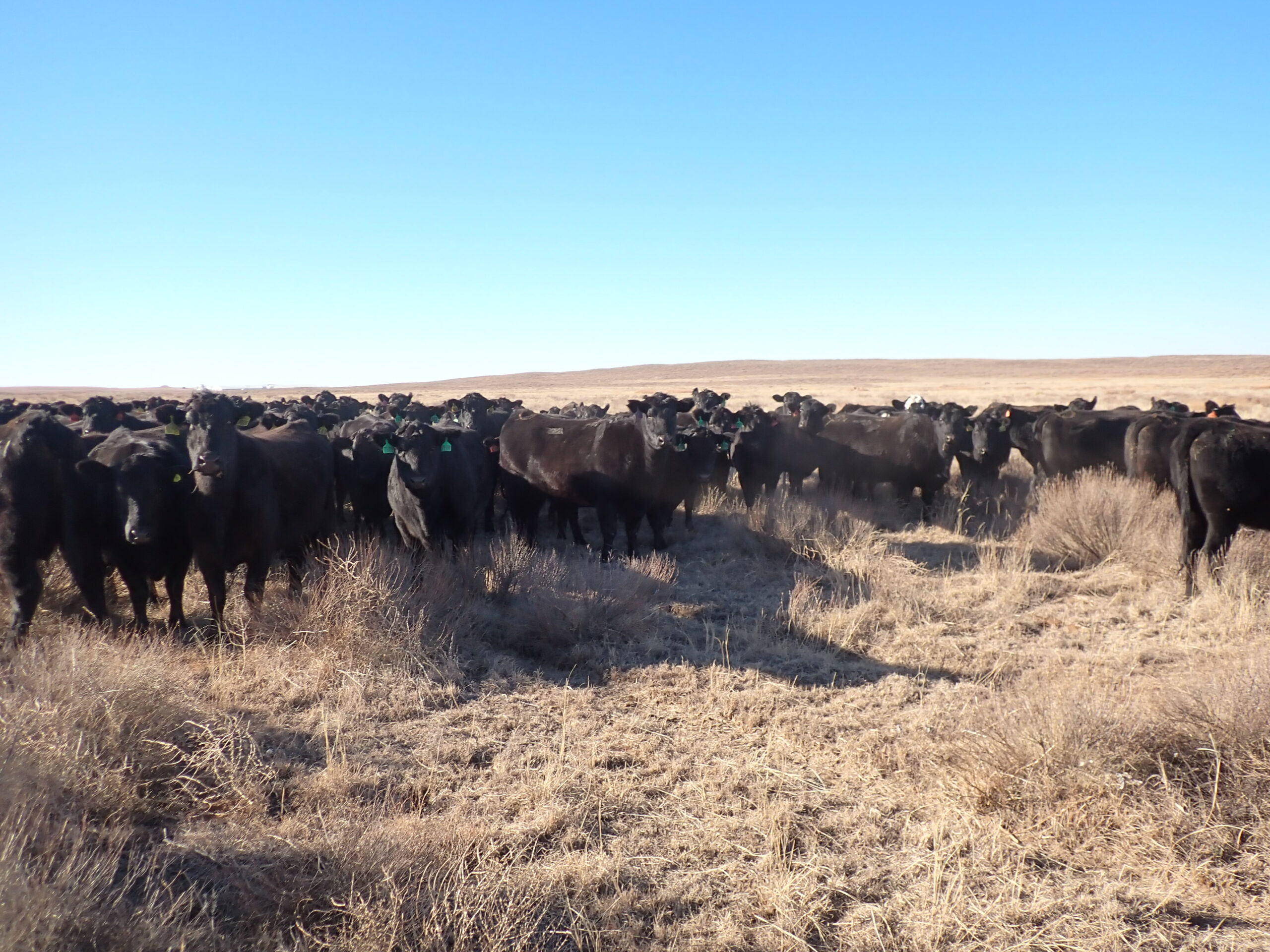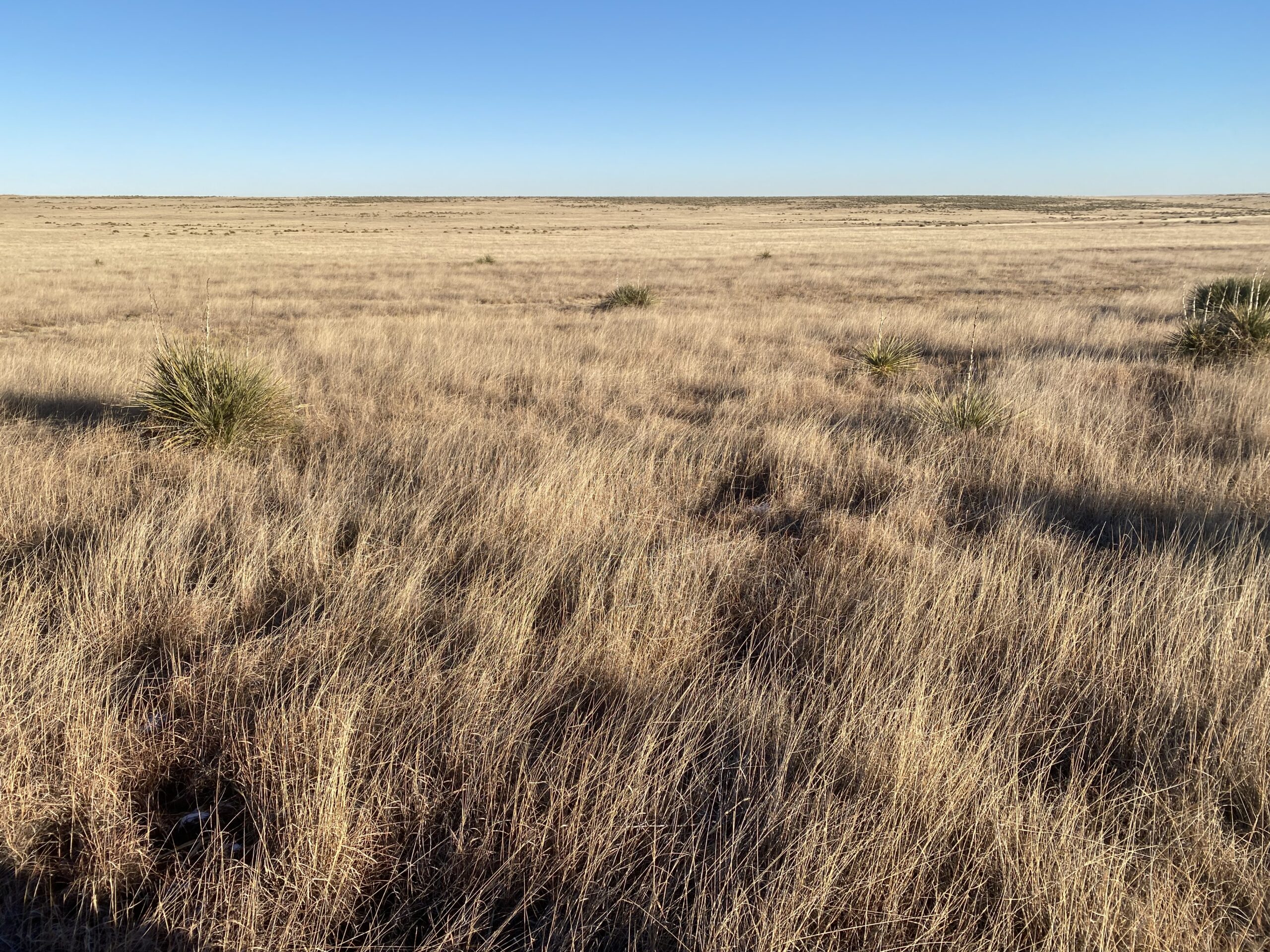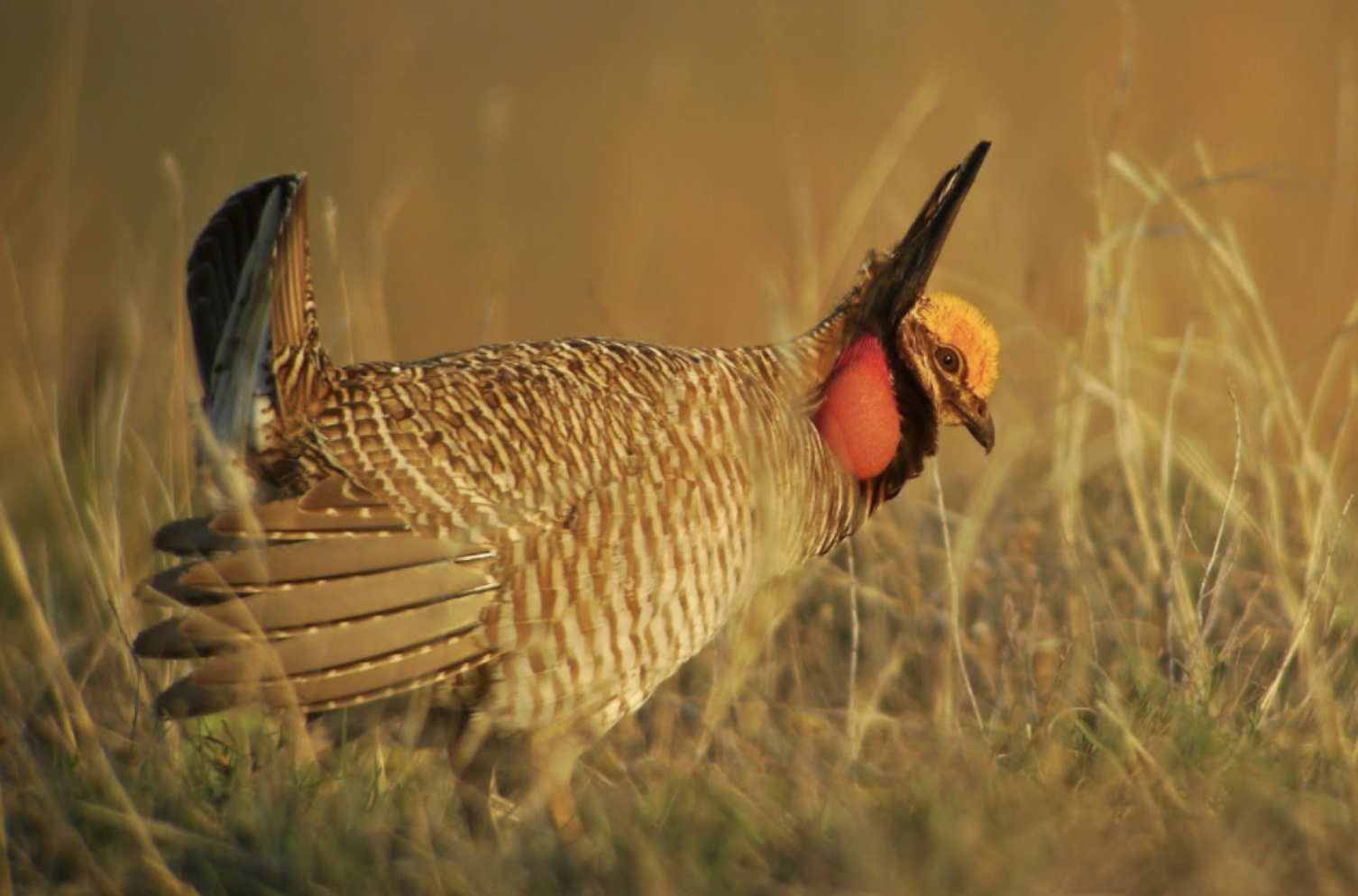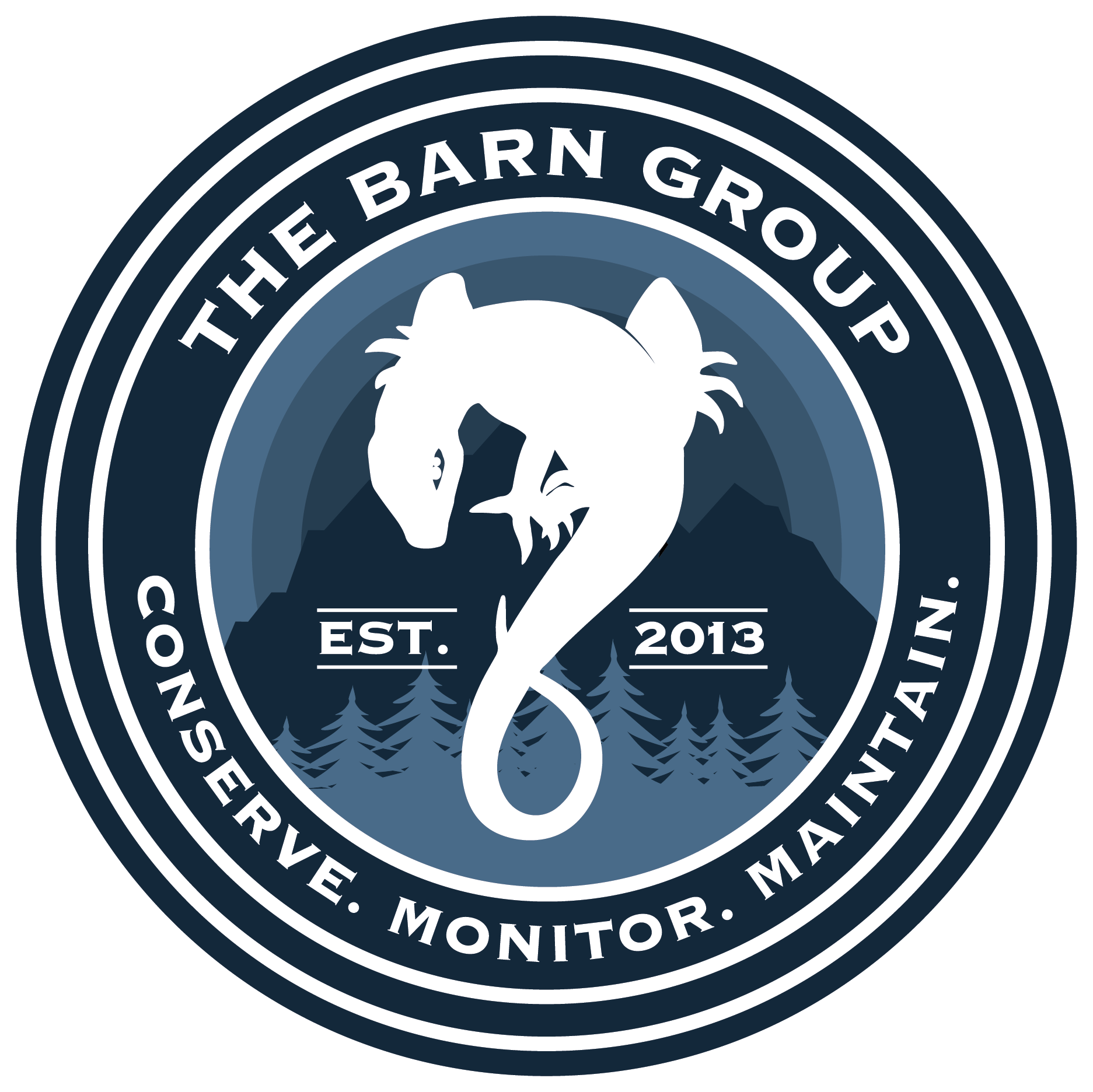Kansas Prairie
The Barn Group (TBG) owns and holds conservation easements on species mitigation banks in West Kansas that ensure the protection of the lesser prairie-chicken. These properties are utilized as ranch land and are periodically grazed.

Habitat Features
TBG conserved properties in this region are characterized as mixed and shortgrass prairie. This combination of habitat supports a wide range of flora and fauna creating a rich and ecologically significant environment. These ecosystems represent some of the fastest degrading systems in the United States. Additionally, these lands are protected for the purpose of providing refuge for the lesser prairie-chicken. Lesser prairie-chickens need large tracts of relatively intact native grasslands and prairies to thrive with annual reproductive success tied to precipitation patterns. Habitat that is critical in this region are prairie grasses and some shrub areas that not only provide foraging areas, but also nesting habitat.
Land Use
Western Kansas hosts large tracts of grassland and rangeland that makes for suitable grazing land for cattle to bolster agricultural efforts in this region. These operations not only help bolster local economies but also contribute to the rich agricultural heritage of the area. Agricultural practices such as grazing these grasslands help bolster natural ecosystems such as mixed and shortgrass prairie. Cattle provide a substitute for large herbivores that have historically been on the landscape. Large herbivores ensure grasslands persist and eradicate more woody species. These protected areas provide a unique service as both providing protected areas for the lesser prairie- chicken and agricultural production.


Species Diversity
Lesser prairie-chicken habitat has been reduced by nearly 85% and by 99% in some ecoregion. The lesser prairie chickens in this region are declining due to land conversion and land use efforts in both the oil and gas industry, as well as farmland. Mitigation efforts such as species banks provide an effective tool for providing refuge for this endangered species. TBG biologists have done in-field surveys, audio surveys, and game camera surveys to document the wildlife diversity utilizing these conserved habitats that benefit from the conservation of lesser prairie-chicken.
